Special effect tips and types
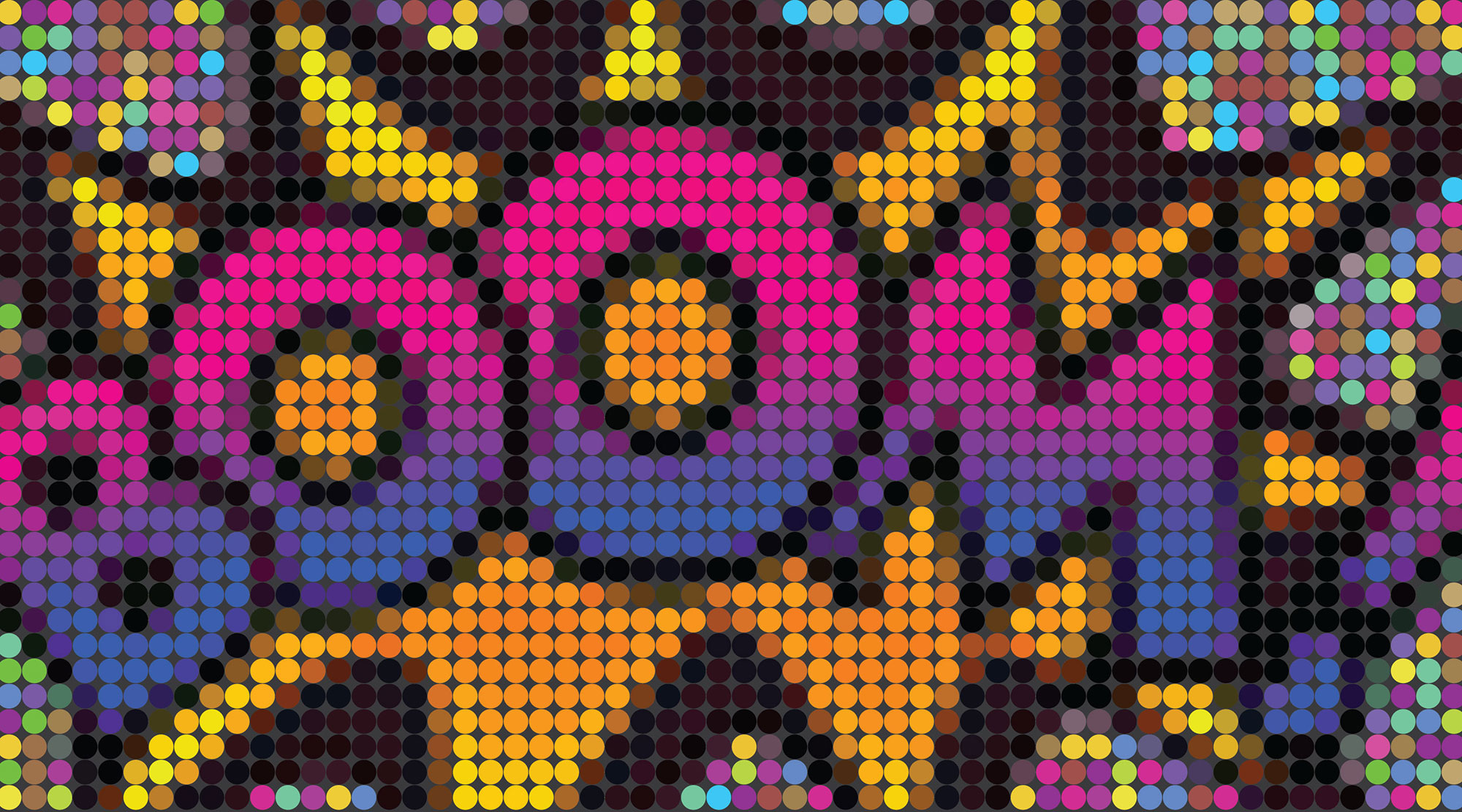

Art effects and specialty print techniques (which perform better on coated paper) are sensational avenues to reach that coveted status as an instantly recognized and exciting brand.
The following are a few of our favorite finish and special effect examples. They create unique tactile experiences and can engage your audience with your brand in a way they won’t soon forget.
Give your paper some extra eye candy with unique inks, varnishes or coatings. They enhance the appearance of the paper, protect the surface of the printed sheet and bring the wow factor you’ve been looking for.
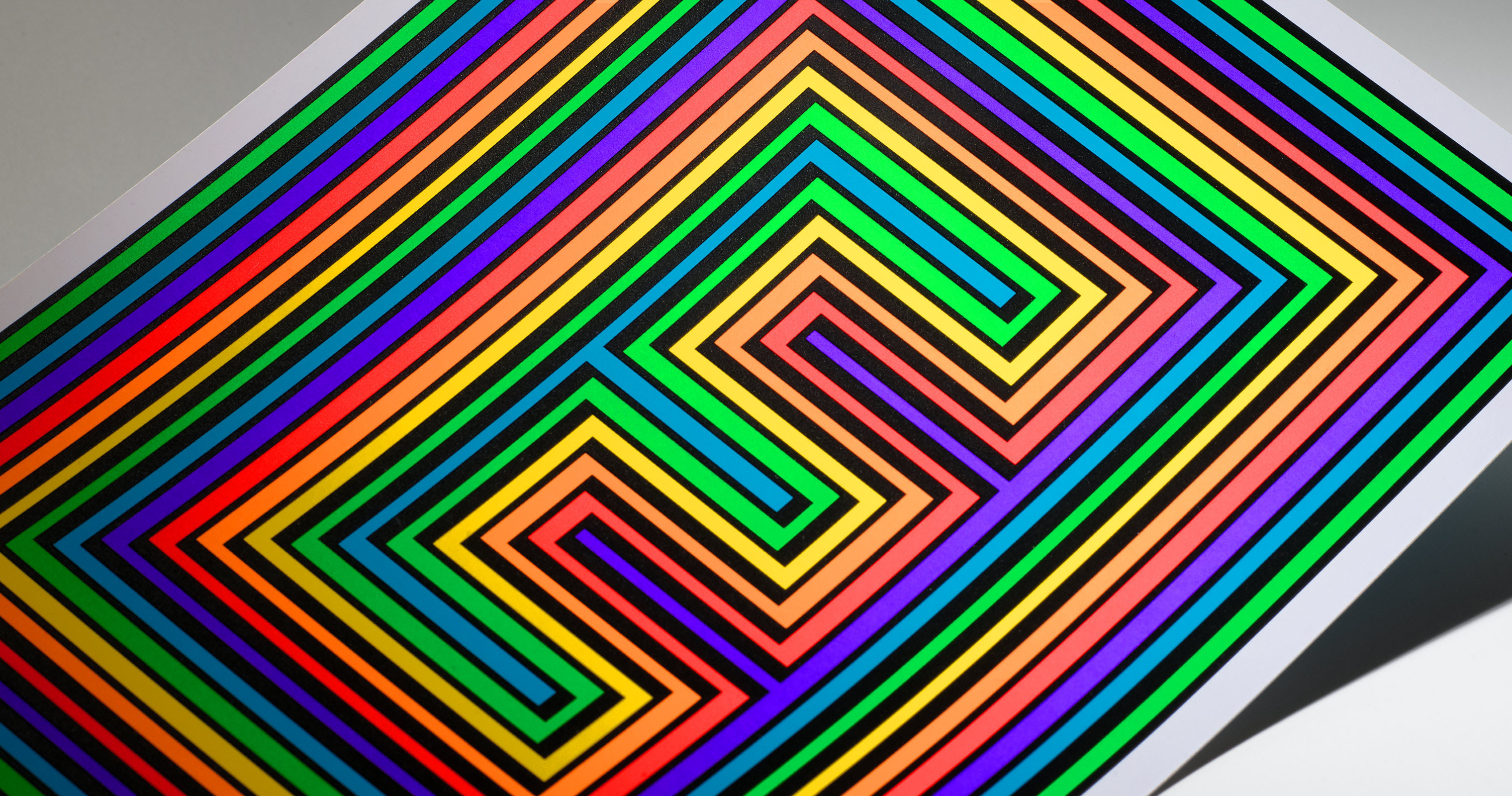
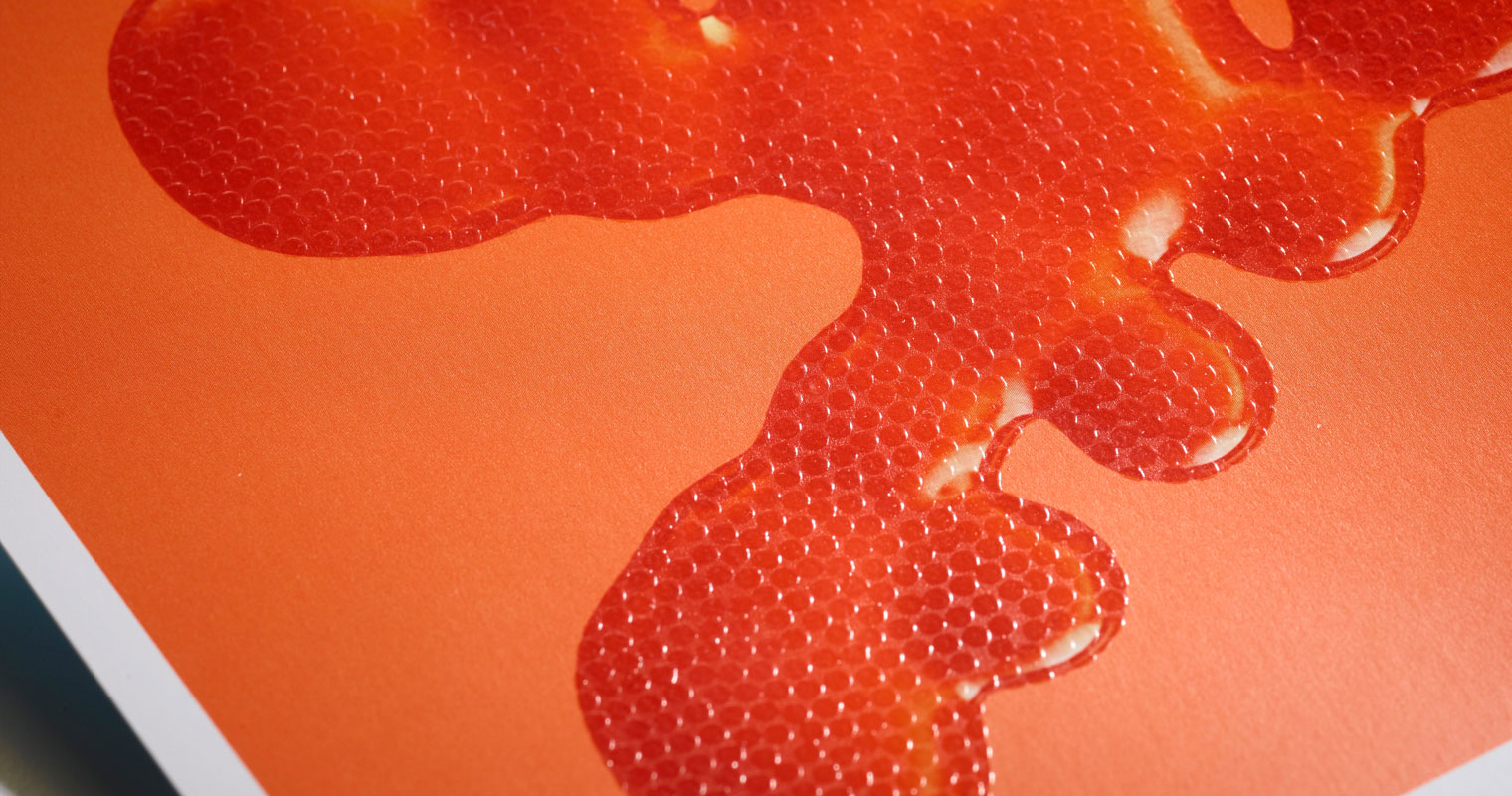
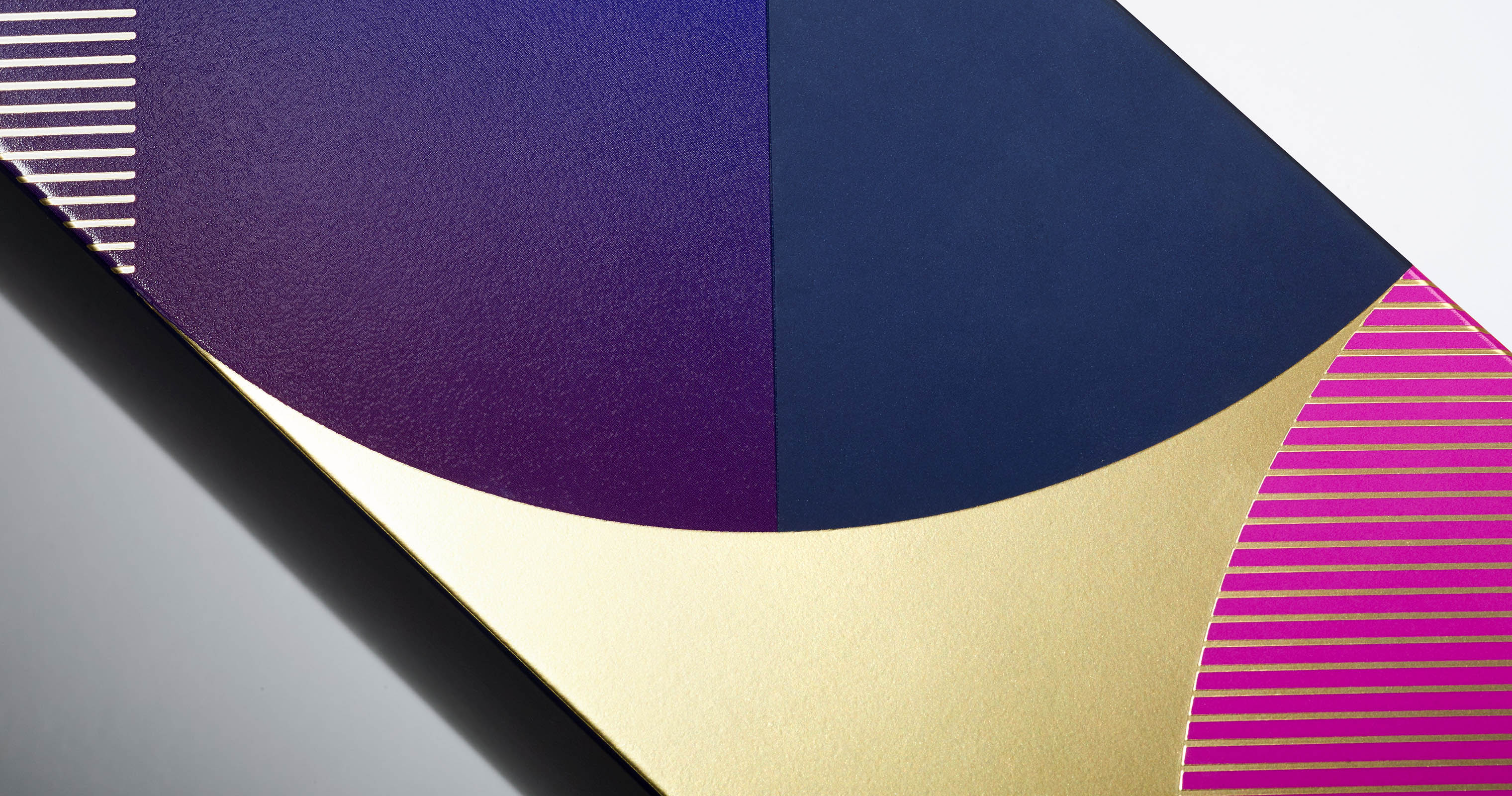
Whether your piece expands into a 3D pop-up, offers temporary tattoos or just encourages the reader to get involved somehow, it’s hard to beat these techniques in terms of sheer surprise factor.
Multiple digital images are interlaced and, using a lenticular lens, printed to produce an image that can move when viewed from different angles.
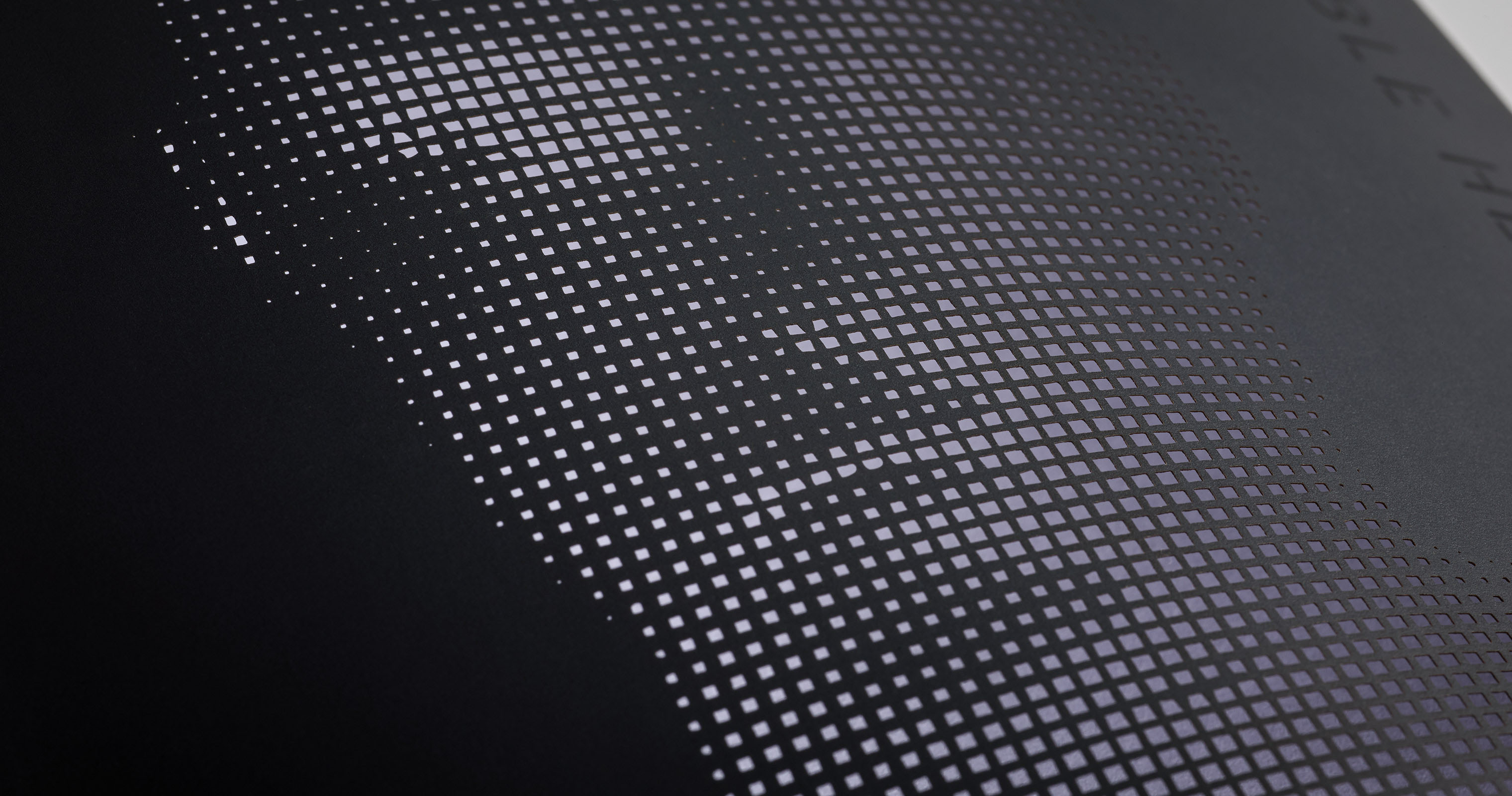
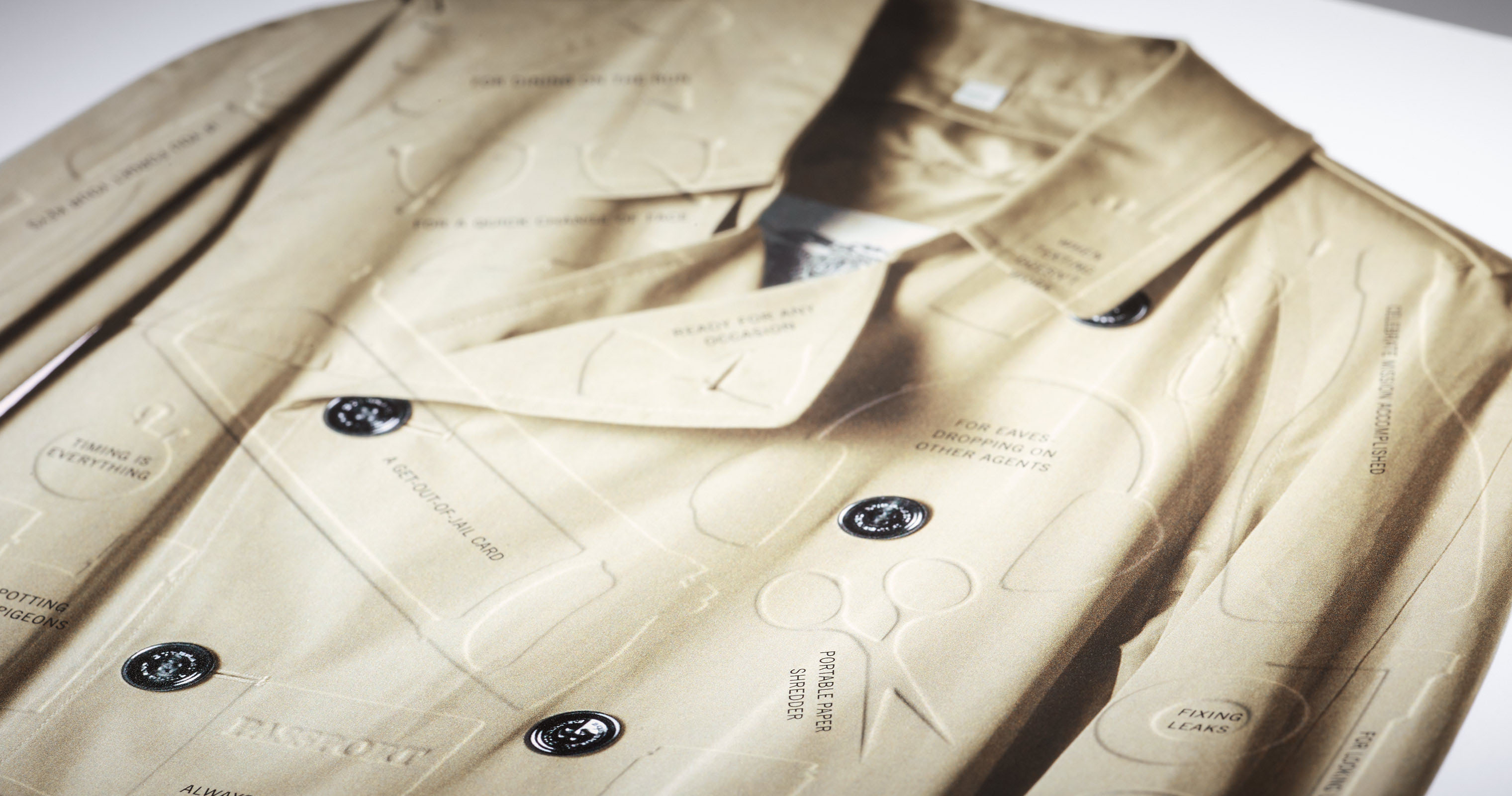
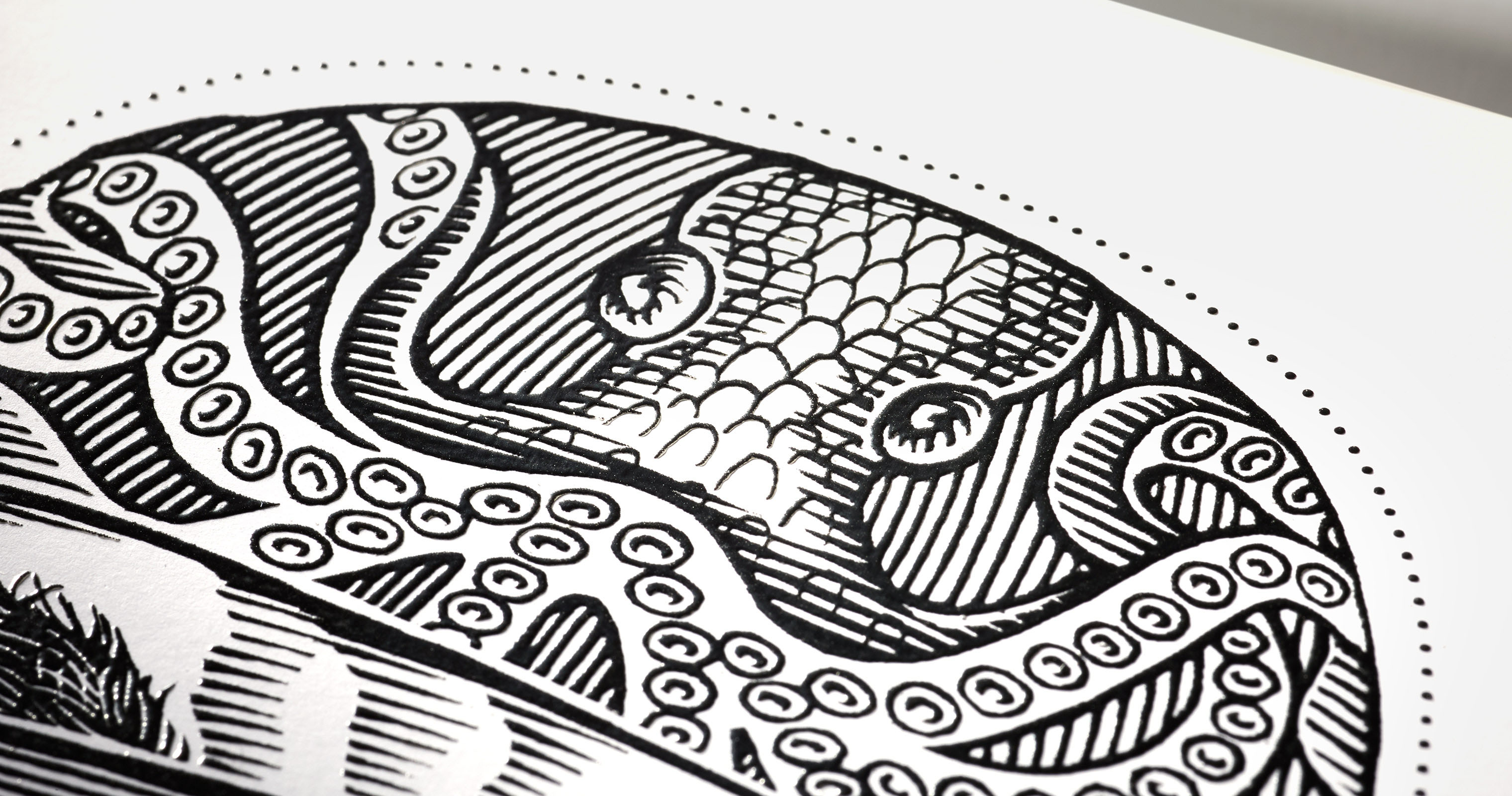
Printing methods can embed elements like micro-encapsulated scenting materials or coatings, light or sound chips, flavor strips and more. Take your audience’s senses on one memorable ride.
A finger touch will cause the color to change because of a reaction caused by heat-sensitive dyes. In this example, only the “good guy” key responds to touch.
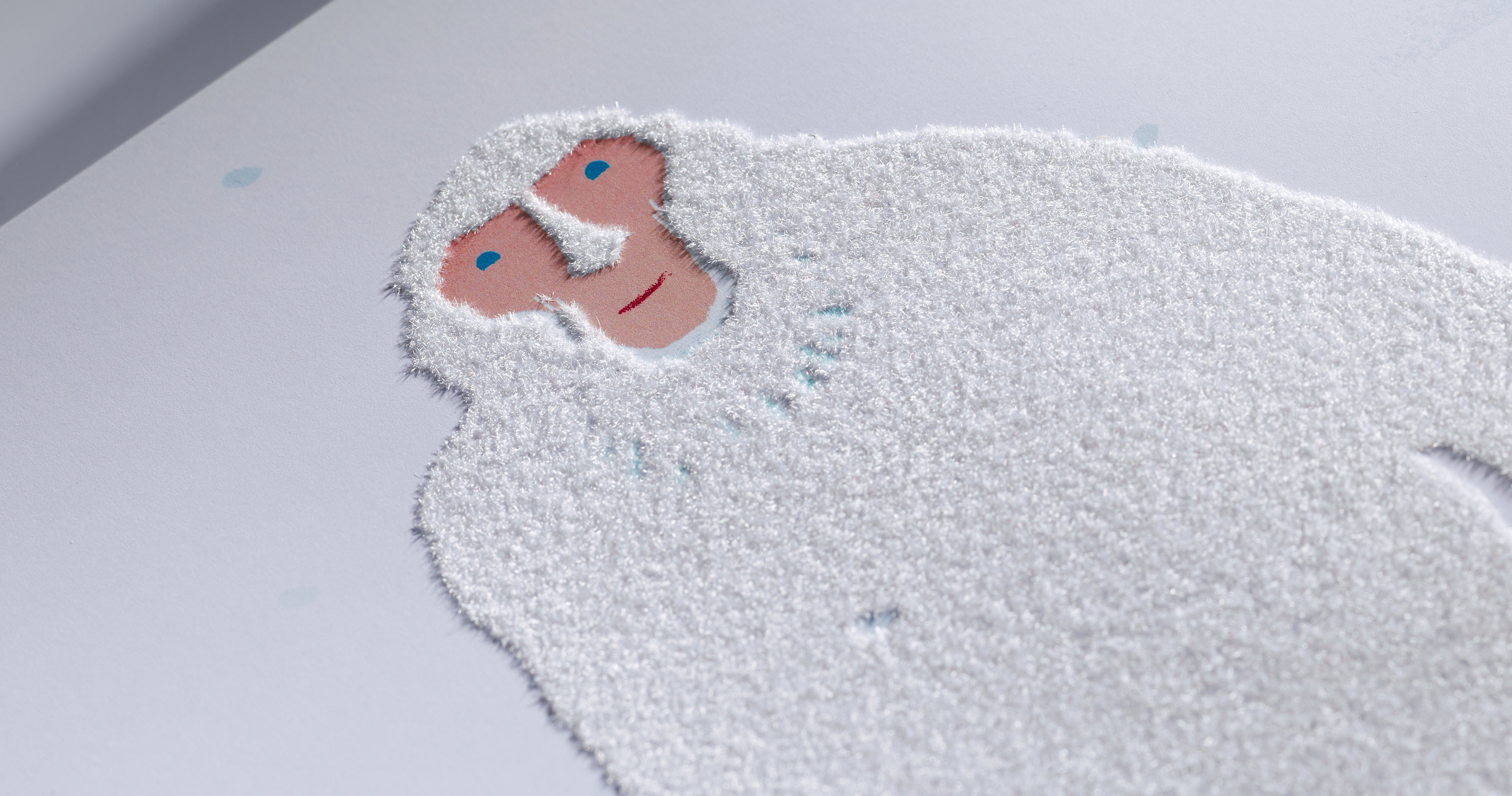
Printed in a four-color process, scratch the paper and release an unmistakable scent.